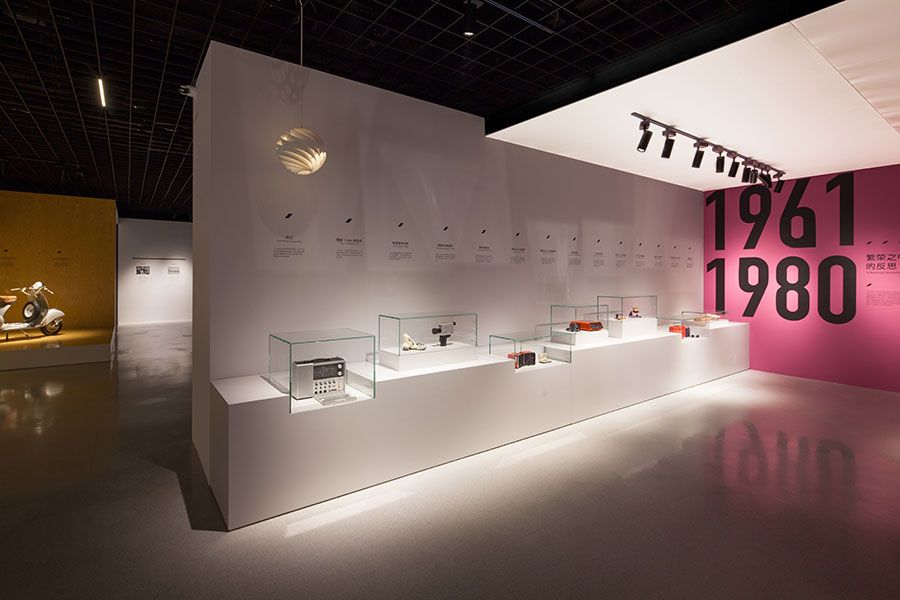Gallery Art Lighting: Illuminating Masterpieces
The Importance of Gallery Art Lighting
Gallery art lighting is crucial in showcasing the beauty and detail of artworks. It enhances the visual impact of art, influences viewer perception, and preserves the integrity of the pieces. Proper lighting is essential for creating an engaging atmosphere that complements the art on display.
![gallery art lighting gallery art lighting]()
Types of Lighting Used in Art Galleries
Effective art gallery lighting often combines various types:
Accent Lighting: Focuses on individual artworks to highlight their details and colors.
Ambient Lighting: Provides overall illumination of the space, setting the mood of the gallery.
Directional Lighting: Adjustable lights that can be tailored to suit different pieces and exhibitions.
Protective Lighting: Ensures that the light source does not damage the art, using UV filters and controlled intensity.
Lighting Strategies for Art Galleries
To effectively illuminate artwork, consider the following strategies:
Layering: Combine different types of lighting to achieve balance and depth.
Color Rendering: Use high CRI (Color Rendering Index) lighting to ensure colors are accurately represented.
Controlled Brightness: Adjust light levels to suit the medium and style of the artwork, preventing glare and reflection.
Focus on Conservation: Employ lighting techniques that minimize exposure to harmful elements.
Choosing the Right Gallery Art Lighting
Consider these factors when selecting lighting for an art gallery:
Artwork Sensitivity: Understand the light sensitivity of different artworks to determine suitable lighting conditions.
Gallery Space: Tailor the lighting plan to the layout and architectural features of the gallery.
Technological Advances: Leverage the latest in lighting technology for enhanced efficiency and conservation.
Expert Consultation: Collaborate with lighting designers who specialize in gallery and museum lighting.

